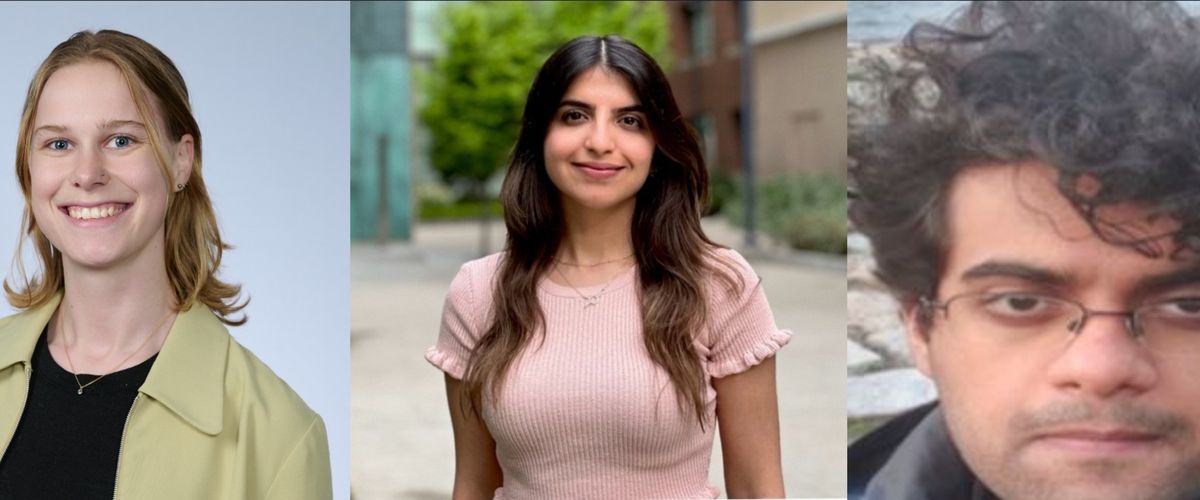Neurophotonics Center Elects Three New T32 Fellows
The Neurophotonics Center recently appointed three new trainees to its group of T32 fellows, funding specified research projects under NPC faculty members. As a T32 fellow, each trainee is expected to continue to complete all the requirements of the NPC Research Training Program, including taking a leadership role in an NPC Committee and/or assisting with future bootcamps. While funding is contingent on continued support from NIH, the three recent fellows were appointed for their work in the field of neurophotonics and optics research.
This year, graduate students Tushar Arora, Anne Curtis, and Negar Rahmani have been selected to pursue their research in topics concerning: neural data analysis; machine learning; synaptic plasticity; neural circuit dynamics; and neuromelanin. Each project aims to further the understanding––and in some cases, treatment––of neurological functions, as well as disorders such as Alzheimer’s and Parkinson’s.
Negar Rahmani, a joint member of the Angela Ho and Steve Ramirez labs, is investigating Reelin-expressing neurons in the entorhinal cortex and their communication functions with the hippocampus to support memory formation. By integrating molecular genetics, circuit-level manipulations, and two-photon calcium imaging, her research seeks to identify early disruptions in memory-related pathways that contribute to Alzheimer’s disease and to advance the application of neurophotonics tools in systems neuroscience.
Anne Curtis of the Lynne Chantranupong lab is studying neuromelanin, a byproduct of dopamine metabolism, to investigate the function of this pigment and how it influences vulnerability during Parkinson’s. She furthermore plans to utilize Interference Differential Absorbance Confocal (IDAC) microscopy, developed by the Mertz Lab, to track neuromelanin with improved resolution.
Tushar Arora will continue his work in the Brian DePasquale lab, aiming to understand neural dynamics underlying motor control and decision-making. His research integrates advanced machine learning techniques with multimodal experimental datasets consisting of electrophysiological recordings, optogenetic stimulation, and mechanical perturbations, with the aim of integrating these methods to brain-computer interface applications to develop better neural prosthetics.
